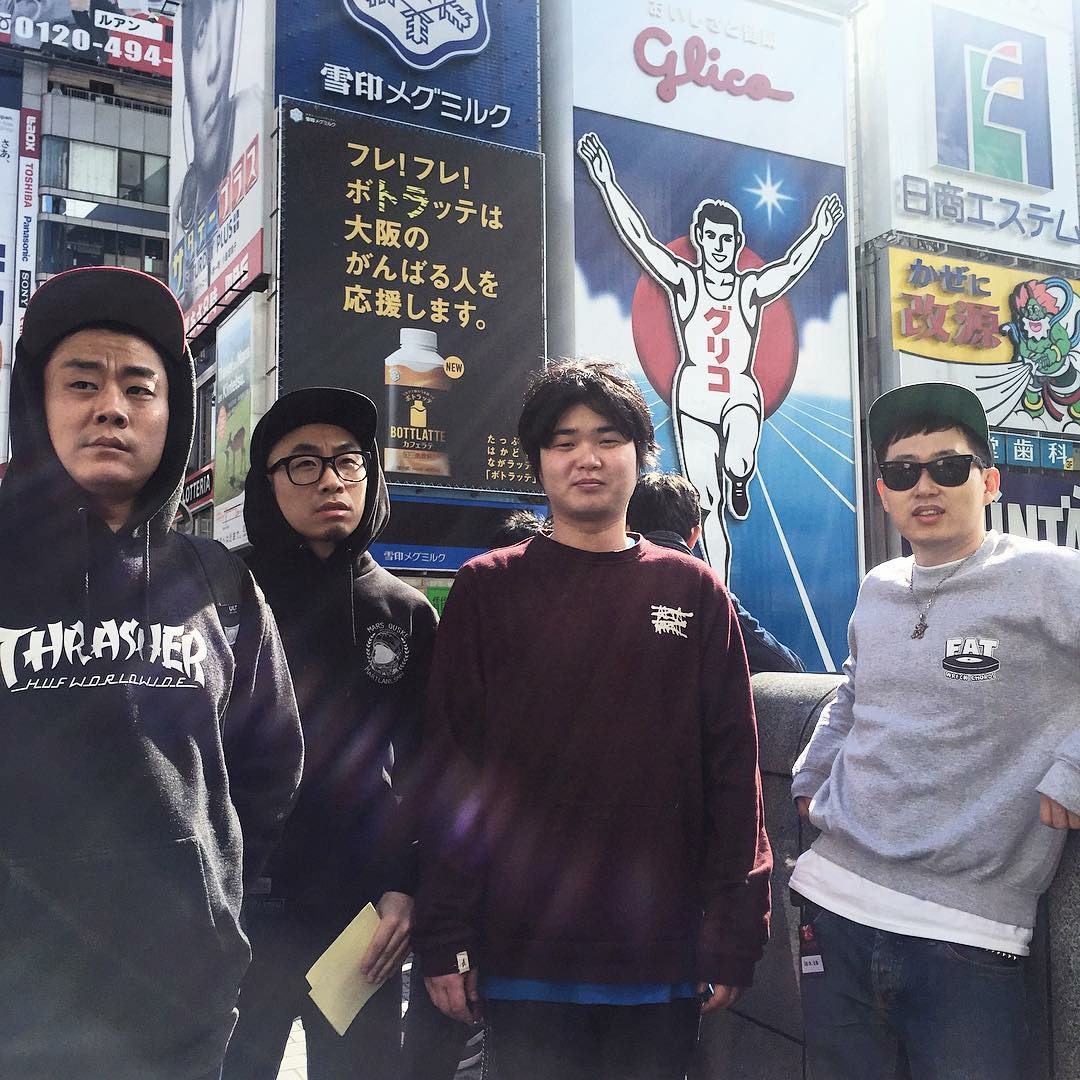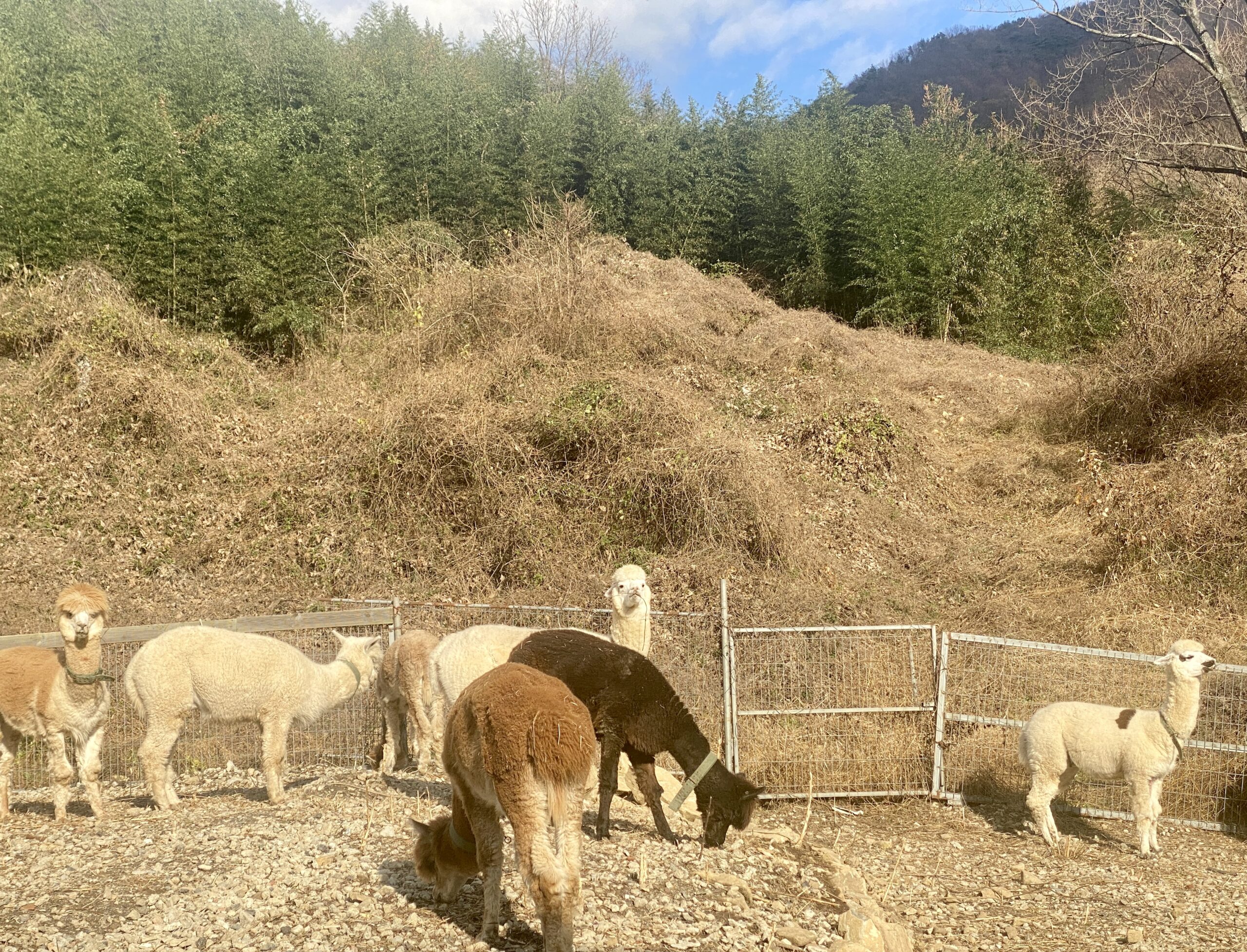Koryo Saram Center
For a deeper historical background on the Koryo saram, refer to this previous article: https://gwangjunewsgic.com//korea-in-the-world-uzbekistan/
Translated by Jo-Ara and Kim So-hyun
Photos by Catherina Takoh
Crossing the Youngsan river in the west of Gwangju means crossing into Gwangsan-gu, a fast-growing industrial, agricultural and residential district. Home to industrial complexes like Hanam, Pyeongdong and Sochon, Gwangsan-gu attracts a large number of international workers from African and Asian countries. Here, in the small but densely populated Weolgok-dong neighborhood, a growing community of nearly 2,000 Russian-speaking Koryo saram has taken root.
Since opening at the end of 2011, the Koryo Saram Center (고려인마을) in Weolgok-dong has seen an influx of ethnic Koreans from the former Soviet Union to Gwangju and has brought greater visibility to the community. Gwangju News sat down around a table of ethnic snacks at the center to speak with leader Shin Jo Ya.

Shin Jo Ya was born and spent most of her life in Tashkent, Uzbekistan’s capital. She lived in the ethnic Korean diaspora called “Koreytsi” in Russian. As with others, Shin grew up speaking only Russian and didn’t learn Korean. Her journey to her historic motherland began in October 2001, following her daughter’s marriage to a Korean national and subsequent move to Chungcheonnam-do. After working around Seoul, Shin moved to Hampyeong and finally found Gwangju’s Pyeongdong Industrial Complex.
It was at the Complex that she met a number of Russian-speaking workers from former Soviet countries who introduced her to Korean Pastor Lee Cheon Yeong. At the time, Lee was running a church and cultural center for international workers in Weolgok-dong. It was a fateful meeting, as Shin would come to follow Lee and work with him side-by-side as an international community leader. Shin credits Pastor Lee and working with Gwangsan’s foreign community as a life-giving force.
“In that country [Uzbekistan], I was only existing, just breathing and surviving. But here, I’ve come to know many other good things,” Shin explained. “When I saw that he [Pastor Lee] gave his all to help others, I saw that if I was to follow the Gospel, I had to do the same. He helped us with everything. Whoever didn’t get paid, had nowhere to sleep or was sick, he did everything for them. That’s how I met him, began following him and came to have faith. I started going to church every Sunday and working with him. He was very glad to meet me, because I am also Korean, we are of the same blood. That is when I said, ‘From now on, I will never go anywhere else but Gwangju. I will never leave him.’”

Over time, many Mongolians, Russians and others from former Soviet countries like Uzbekistan and Kazakhstan started coming and Shin took on a greater role.
“He [Pastor Lee] said, ‘Zoya, come help me work with foreigners or else I’ll end up in the hospital in two months…’ He couldn’t pay me anything because it was all privately funded. For two years I had to work, but from 2005 I was helping him full-time. And that’s how I gradually came to meet a North Korean on the same level as me, who fled his country, lived in Russia for 13 years and came to South Korea through the church… We were both alone. We started from nothing, but we decided to get married and started living better.”
Shin explained that Weolgok-dong’s close proximity to the industrial complexes, cheap housing and convenient bus routes has made the neighborhood a burgeoning foreign community. Before there was an abundance of private houses but as more workers from Vietnam, China and Thailand moved in, apartments began to spring up.
“On every corner, they are taking down the houses and villas are growing like mushrooms. Foreigners who lived in private houses had to pay too much for heating in the winter. So they started moving into one-room villas.”
The rise in an international population has produced a greater need for services. Besides running 13 independent international church services, Lee is the founder and principal of an alternative international school in western Gwangsan-gu called Saenal School (New World School).
“First, he opened the Nepali church,” Shin said. “Then, I said ‘There is a Nepali pastor. Why can’t we have our own Koreyski church?’ Throughall of my hard years, he helped me. So I said to him ‘why don’t we open a church in Weolgok-dong?’ So, we opened this Koryo Saram Center at the end of 2011.”
During the interview, Shin received a call from a Koryo saram couple in Seoul who had heard about the center and wanted to move to Gwangju. It was just one of many. Shin said that although other centers in Korea have bigger spaces, the one in Weolgok-dong – with a nursery, kindergarten and church under one roof – is the first of its kind in the country.

“People from one nation live together,” Shin said. “If we didn’t have the center, the Koreytsi wouldn’t have a place of their own. As soon as we opened our own separate center, many local Koreans started helping us. It was difficult to start, but once we did, it started growing quickly. Local Koreans started understanding who they were, the Koreyski people. Each country had a different name for us. In China, we were Chosun saram and in Russia we were Koreytsi.”
Shin dreams about the opening of one inclusive church in the future. “My dream is that our pastor has one big international church, with different times for each nation’s service, because God sent him to the foreign community. He fought and struggled to open his legally recognized international school, the New World School. So now we want to open a big church.”
As for the Koryo Saram community, Shin’s hopes are no smaller. “I just want to be in good enough health to see the big church open and to see that our Koreyski people can get the F4 visa. That anyone who wants to work in a factory can work, that there is no oppression and that we are not sent away from this country because we have nowhere else to go. The language is not the biggest problem. There are 500,000 ethnic Koreans from China, while Koreytsi from the former Soviet nations are only 40,000. We want both people to have the rights.”
For more on the Koryo Saram Center, please visit: www.koreancoop.com
For more on Lee Cheon Yeong’s New World School, please visit: http://www.saenalschool.com




